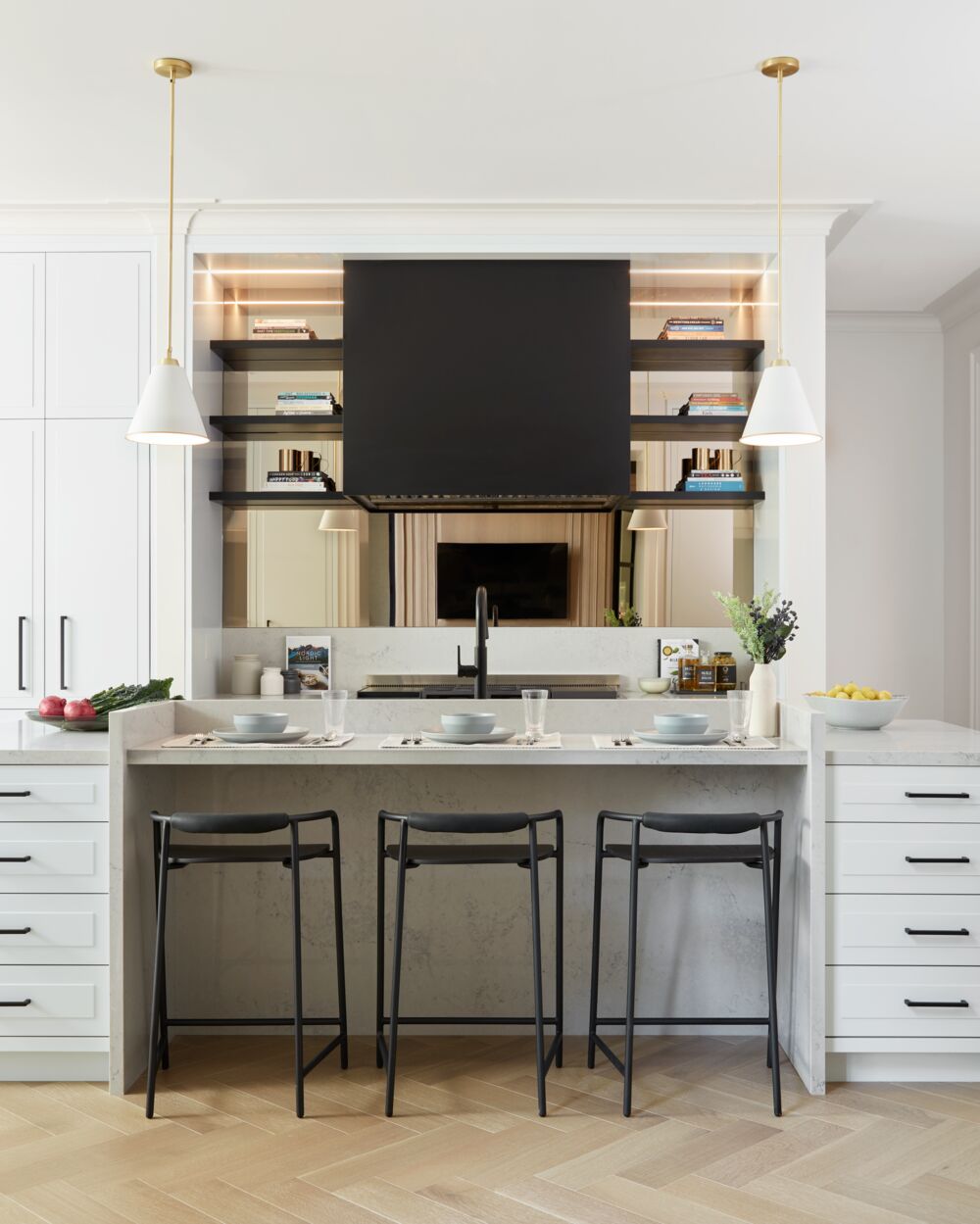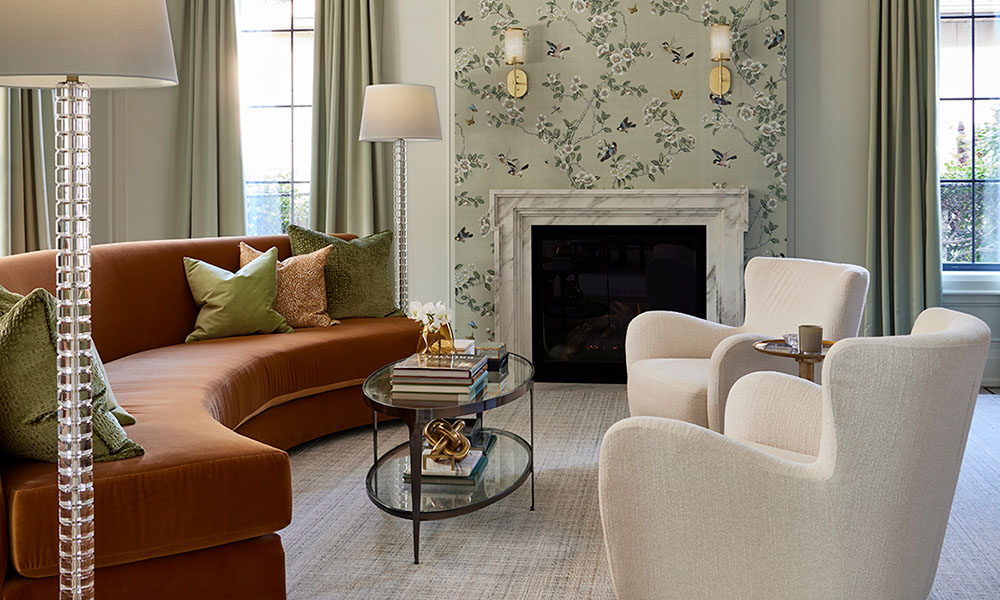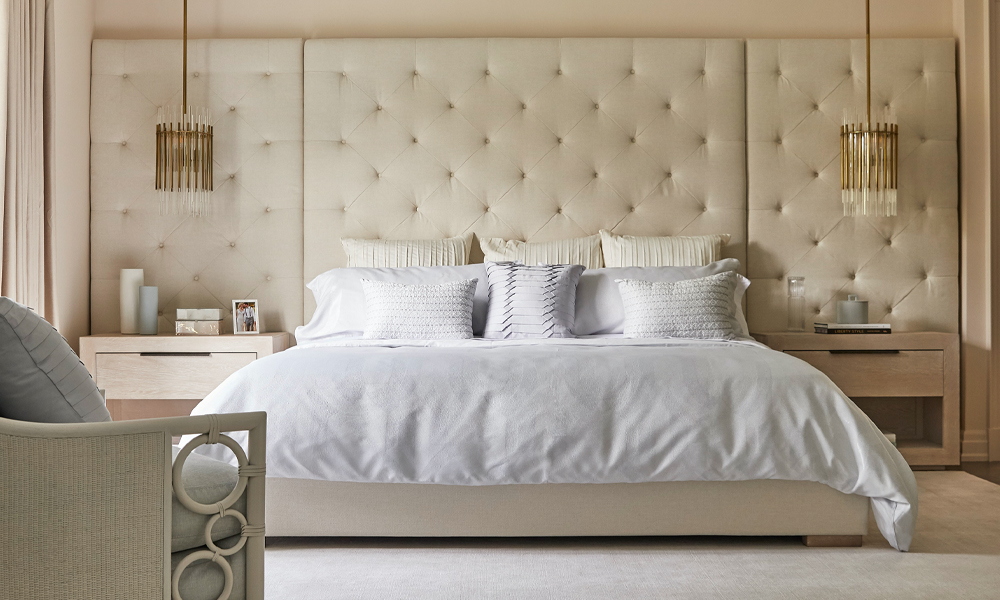
When it comes to interior design, it’s easy to get caught up in the traditional rules that we see and hear time and time again. However, sometimes the most interesting and stylish spaces are the ones that break the rules. In fact, professional interior designers regularly ignore these typical conventions to breathtaking results. So, don’t be afraid to infuse your personality into your home and create a space that’s uniquely yours. Here, we explore some interior design rules to break, along with expert tips on how to do it right. After all, rules are meant to be broken, especially when it comes to designing a home that reflects your individual style and taste.
1. Wood Finishes Should Match
Many of us believe that all the wood finishes in a room should match. In reality, this can lead to a bland and monotonous looking space. Instead, mix things up with contrasting wood finishes. For maximum impact, opt for two types of woods that are distinctly different, creating an eye-catching and dynamic aesthetic. For instance, pair oak wall panelling with black or charcoal wood furniture. The key is to ensure the shades are significantly different, avoiding a look that appears unintentional.
2. Art Should Only Be Hung on Walls
Traditionally, art finds its home on walls, but why limit the possibilities? Experiment with leaning and layering art on a ledge or console for an effortlessly stylish effect. Consider hanging art on a decorative easel and layering it in front of a glass window, a method that works particularly well in a modern condo. Or mount a painting over a bookcase by installing hooks on the shelf itself. These unexpected placements can breathe new life into your art collection and your room.
3. Only Paint or Wallpaper Small Spaces in Light Colours
The conventional wisdom suggests using light colours in small rooms to create an illusion of more significant space. However, don’t shy away from dark colours. A darker palette can infuse small spaces with a cozy and dramatic feel. Whether it’s a rich green, deep blue, or chocolate brown, extend the colour to the walls, trim, and window drapery for a beautifully enveloping effect. Balance the darkness with light-coloured furniture for contrast or immerse the room in the same deep shades for a snug and dramatic ambiance.
4. Don’t Mix Metals
Mixing metals might seem like an intimidating interior design rule to break, but it’s actually a surefire way to add interest and elevate the look of any room. In the kitchen, where various metal finishes abound, consider using black for light fixtures and cabinet pulls, while opting for a brass faucet to feature as the jewel of the space. Experiment with mixing polished nickel and matte black in a contemporary bathroom or combine black-framed windows with a brushed brass side table and floor lamp for a touch of glamour in the living room. The key is to choose two different metals and vary their finishes for a polished yet diverse look.
5. Don’t Mix Old and New
Break free from the interior design notion that mixing old and new pieces in the same space is against the rules. In fact, mixing old and new pieces in a room is an easy way to add instant character and soulfulness to your home. In a contemporary space, try a traditional landscape painting in a gilded frame. An old chest of drawers looks wonderful when paired with modern art at the end of a hallway, in a study, or a bedroom. Vintage accessories like an old camera or antique candlesticks can add history and personality to any room. Remember, if it’s vintage or antique and you love it, it’s bound to enhance your space.
Photography by Kim Jeffery




